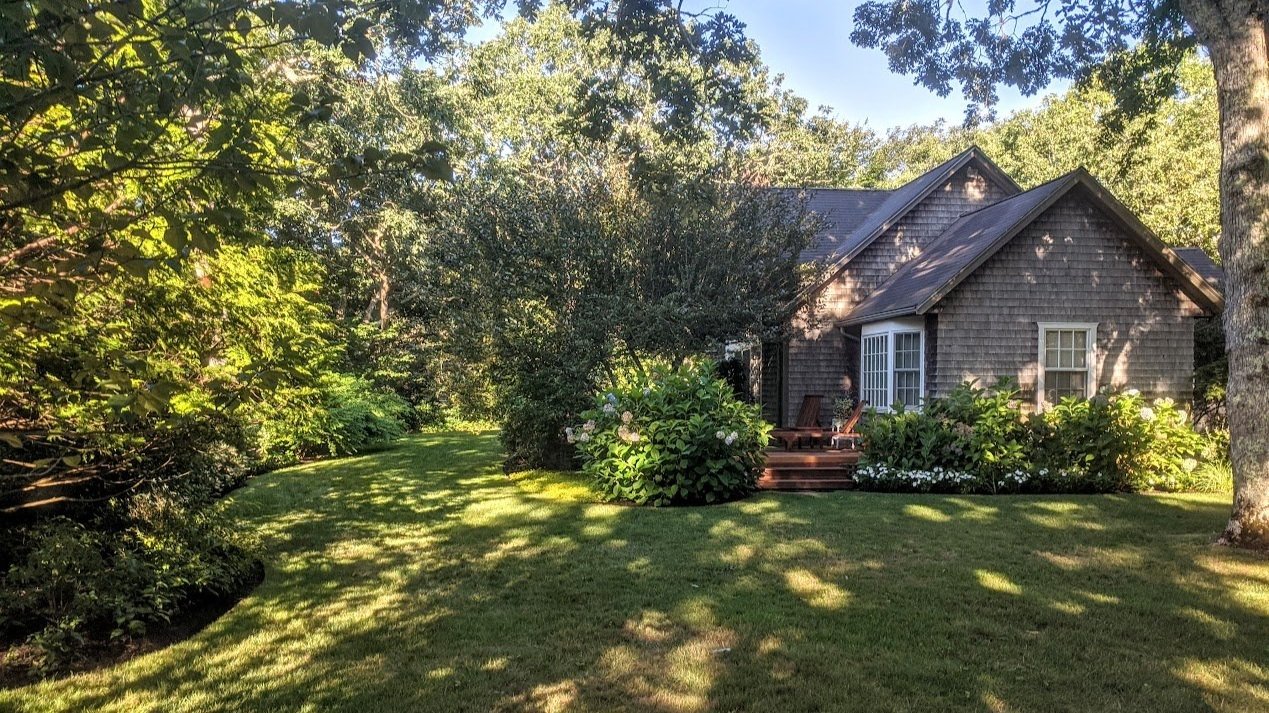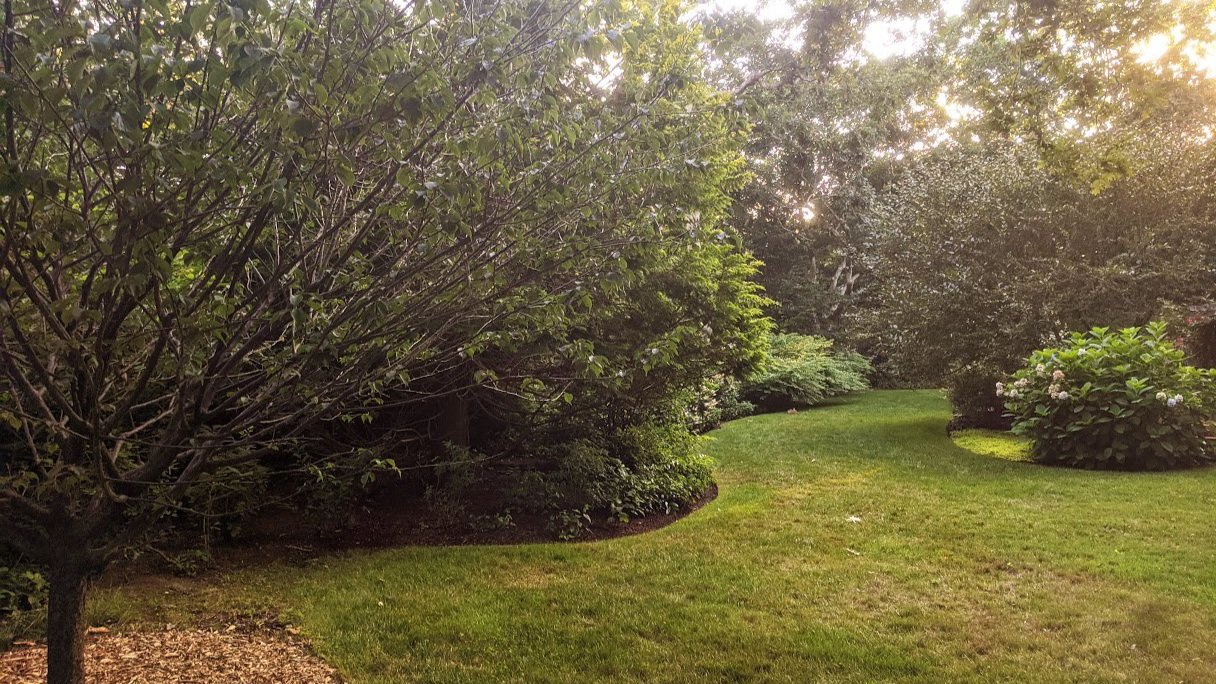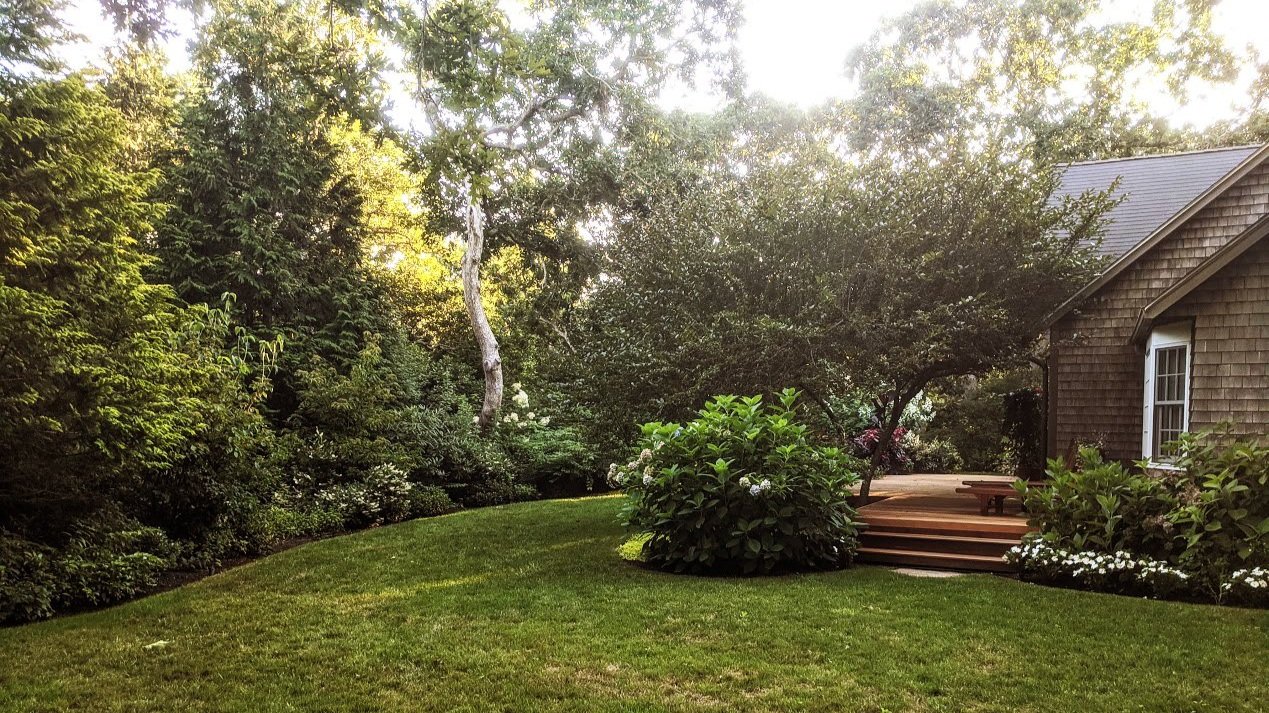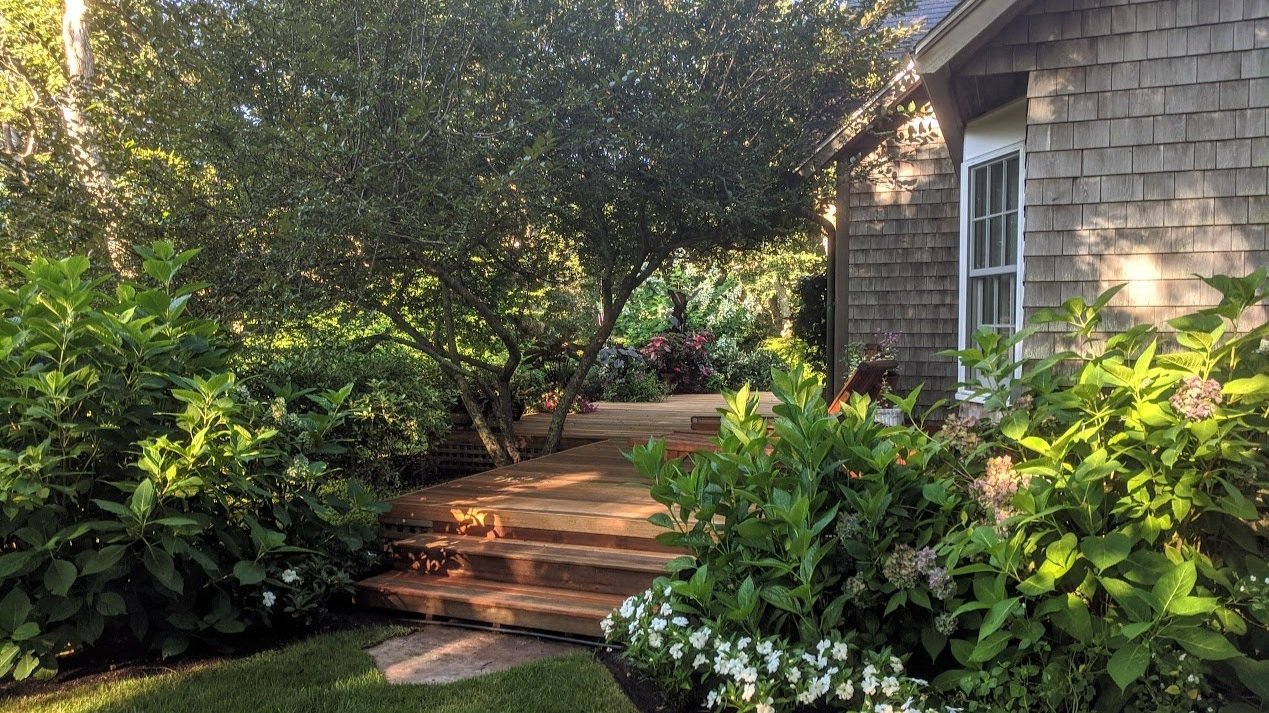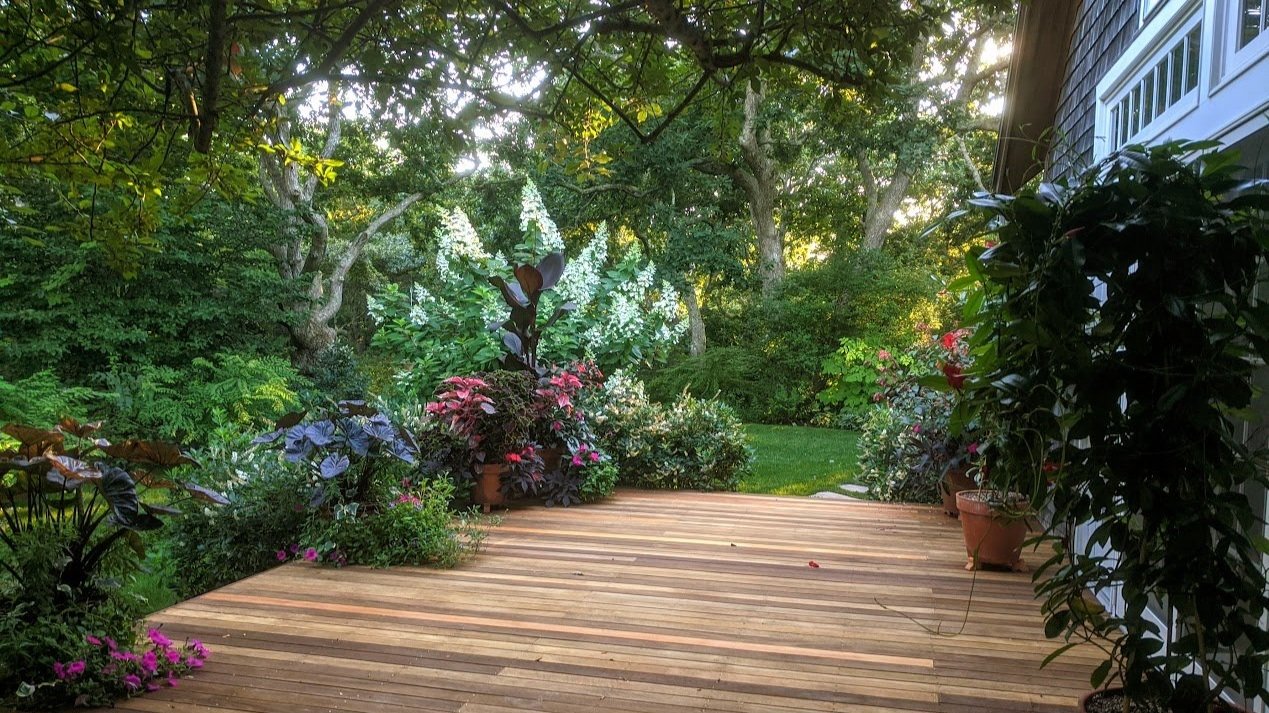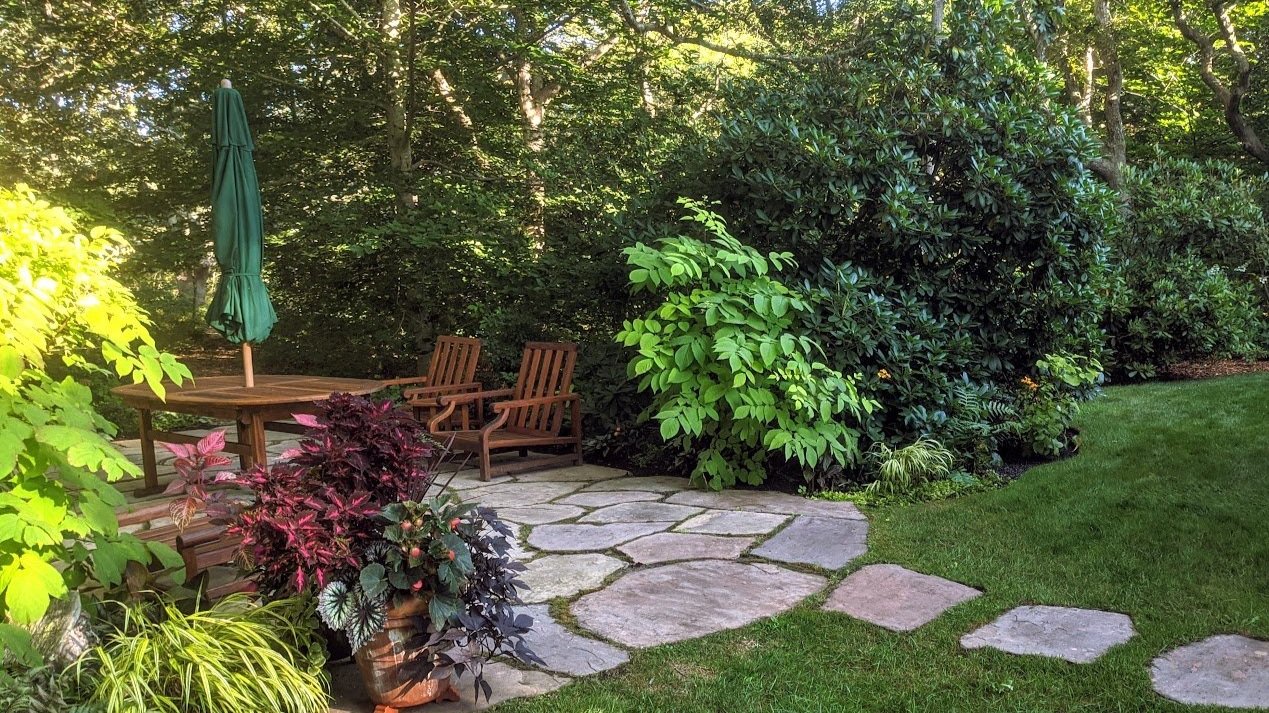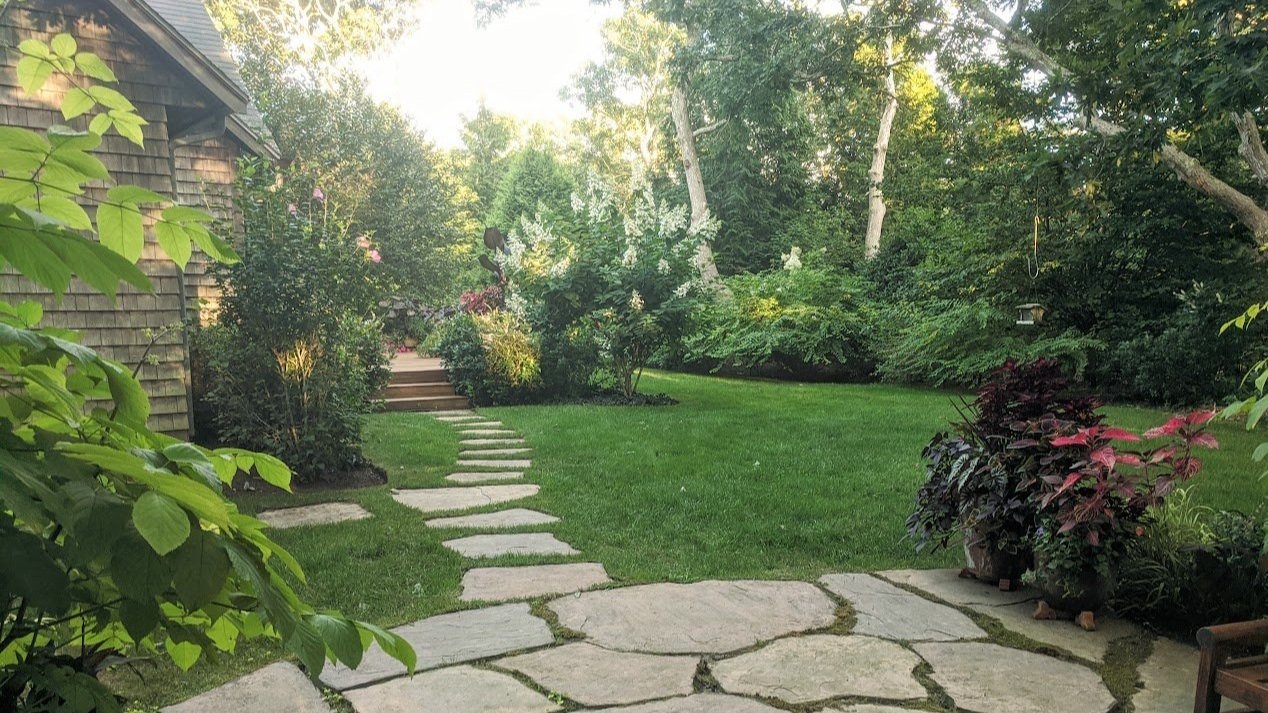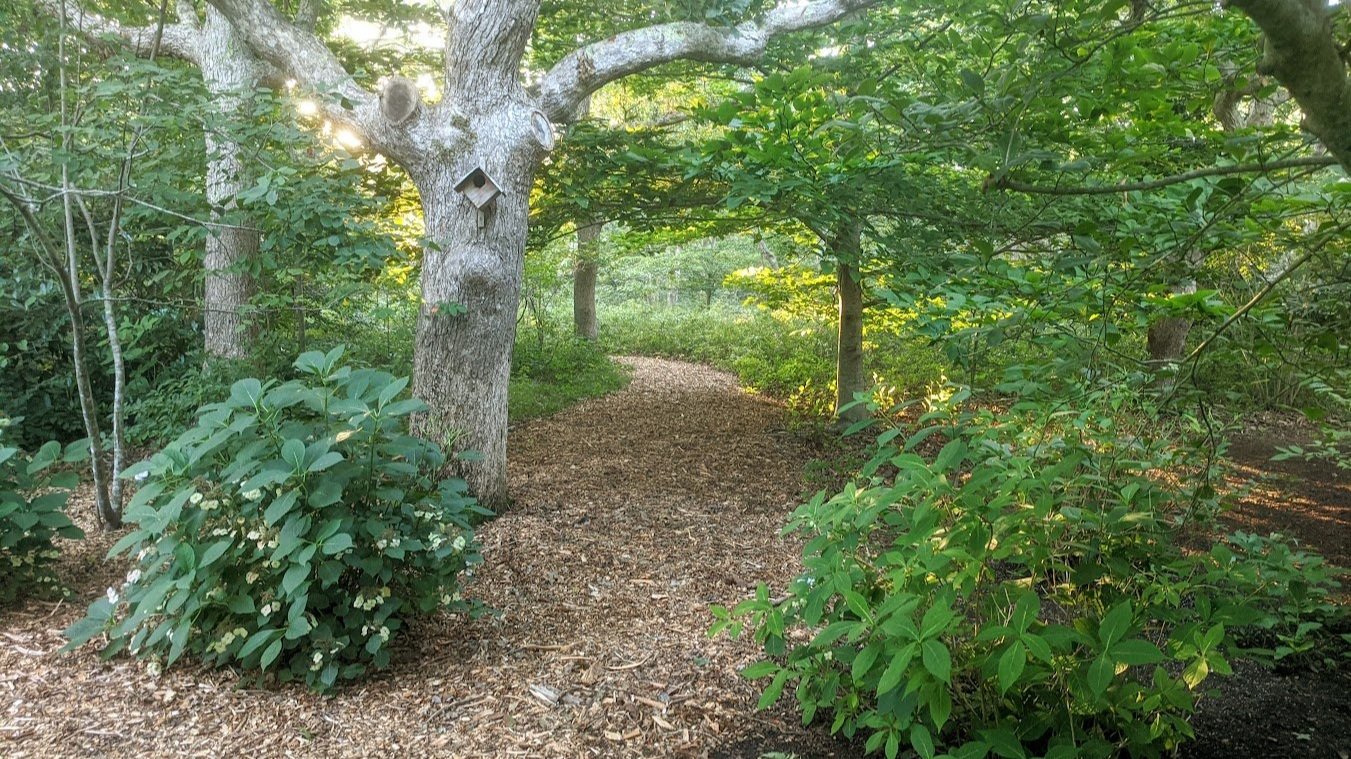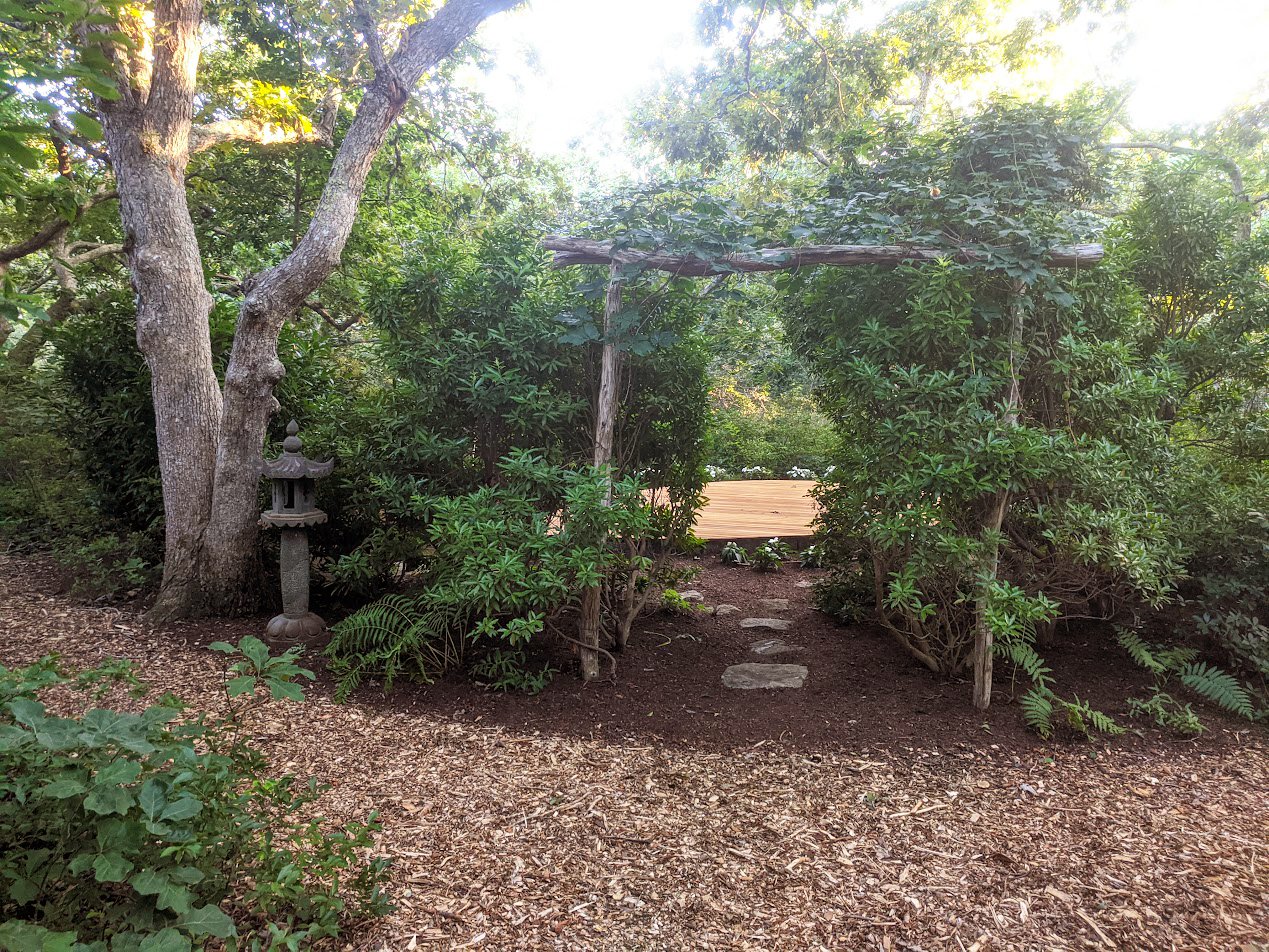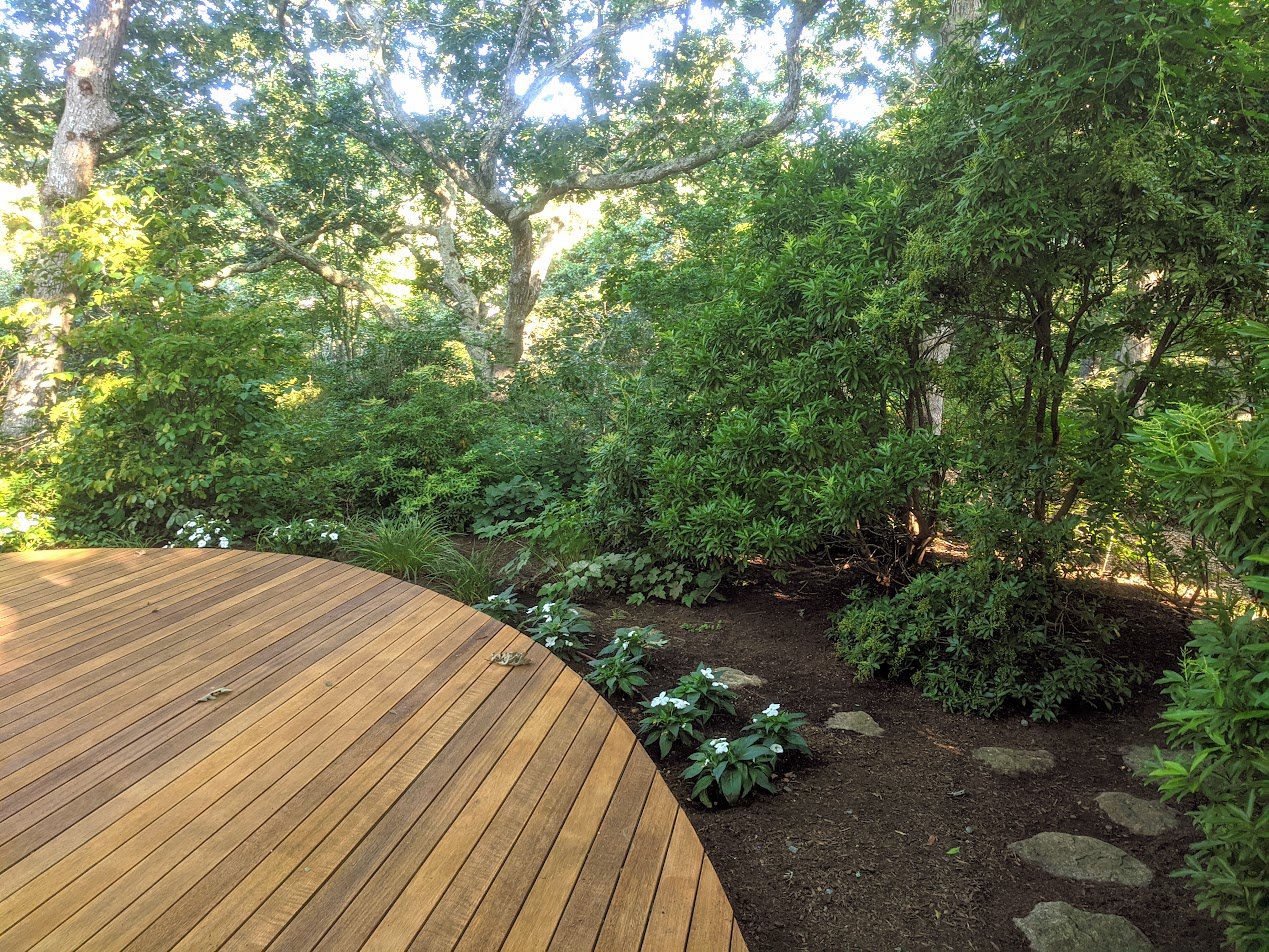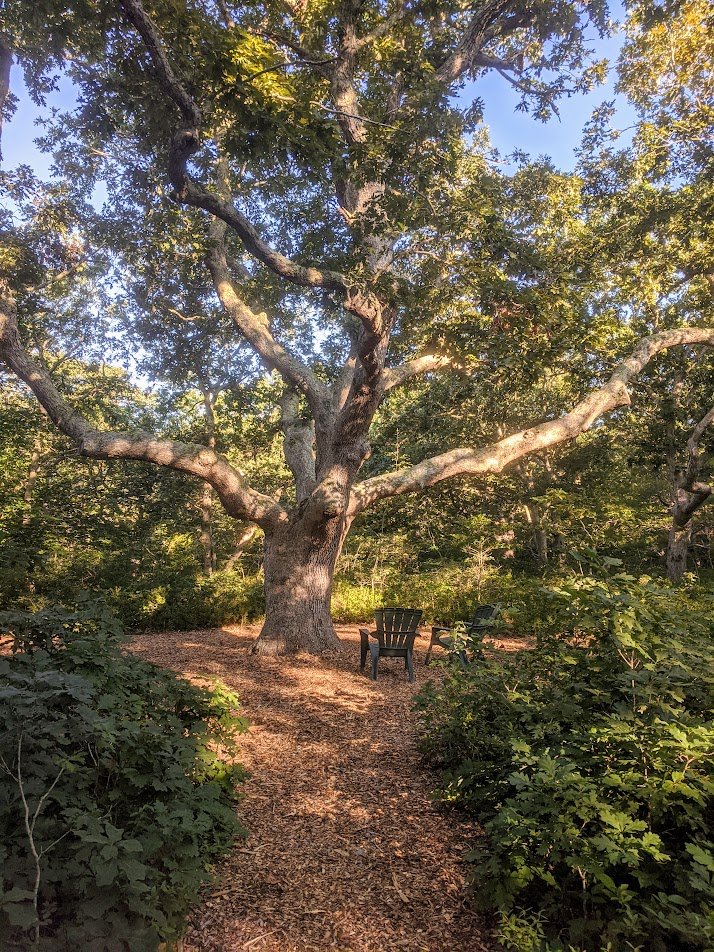a season
of transitions
*************
What a glorious time of year, a season for the senses. The mysteries and magic in nature are in their transition states, quietly entering new phases of life. The meadow is dancing with asters and goldenrods. Birds and bees are singing and buzzing their way from flower to flower and seed to seed. Squirrels and chipmunks are busily searching for as many acorns as possible preparing for winter. The sound of the first fallen leaves crunching underfoot. Maples and oaks will soon brighten the canopy with vibrant oranges, reds and yellows. And as I am writing, I am experiencing one of the most miraculous transitions; a monarch chrysalis in her final stage of transformation. I think it will be minutes until the monarch emerges, now visible through the transparent chrysalis. The ‘super’ monarch that emerges this time of year will be preparing for her great migration south to Michoacan, Mexico.
Autumn is truly an atmospheric time of year, teetering between life and death. As you walk through your garden you may have the urge to cut back plants and rake up the leaves, but in each of those seed pods a meal is to be had or a home to be occupied. Seed pods of echinaceas, sunflowers and many other flowers are a valuable food source for wildlife during the long winter months ahead. Long pithy stemmed flowers like Joe-Pye Weed are homes to native bees. Not only is this necessary for wildlife, they can also be an ornamental part of your landscape. The various shapes and shades of brown bring texture to your garden. Letting leaves and organic matter decompose in your garden bed helps regenerate the soil, insulates roots, stores carbon and protects habitats through the winter months. Many species of moths and butterflies pupate and overwinter in our leaves and emerge in spring, like the Luna Moth.
New England Asters & Goldenrod
Black Swallowtail catepillar
Monarch chrysalis in final stage
newly emerged monarch
At Vineyard Gardens, the same bustling and excitement is happening. We’re soaking up the remaining warmth of summer days and enjoying cool nights, knowing this is the best time to plant trees, bushes and perennials so they can set root before the ground freezes over. We’re excited about the upcoming Harvest Festival to celebrate another wonderful season on Martha’s Vineyard. We have incredible sales going on to give you some incentive to fill any holes in your garden in anticipation for next year.
Ornamental peppers
Mums
As I walk through my garden, holes are becoming more evident as the early and mid-summer perennials have faded away. I contemplate what to grow there. What will be a colorful and beneficial addition for our native species during this transition time? How about some late blooming flowers that give a flash of hope as we head into winter? Or a bush or tree that transitions to that brilliant autumn glow of dazzling ambers, reds and yellows? It is too late now to plant annual season extenders, which should have been planted a month or so ago, but I am reminded to think ahead in early summer about the autumn garden. Planted early enough though, Dalhias, Salvias and grasses are wonderful season extenders, adding color, texture and movement to your landscape.
Shrubs help create the bones of the garden, adding structure even if fillers are needed. They are aesthetically valuable, providing blooms at more than one level, as well as offering height that contributes to layering. Shrubs are also extremely beneficial as a habitat and food for wildlife. Native shrubs, like Viburnums, Buttonbush and Winterberry provide berries, seed and protection throughout the winter months. Crape Myrtles (Lagerstroemia indica), offer taller blooms and beautiful exfoliating bark. Clerodendron trichotomum’s fragrant white flowers bloom throughout August and September and form purple and red seed pods that hang on into fall. Panicle hydrangeas are starting to fade from white to pink, and many are still blooming profusely. Hydrangea macrophyllas are reaching the end of their summer show but are transitioning to a burgundy color to match the fall pallette. Oak Leaf Hydrangea flowers have faded to burnt copper and compliment the bright yellow Helianthus Lemon Queen that can reach over six feet tall. The berries on Hollies are ripening and their evergreen leaves add structure within the winter garden.
Winterberry
Panicle Hydrangeas
Clerodendrum trichotomum
Late season spent flowers of Hydrangea macrophylla
Buttonbush
Hollies
A great option for autumn color in your garden is to add potted plants. Potted grasses will bring some height and texture. Mums, gourds and pumpkins near the front of your garden bed will add color and enhance the autumnal season palette. Place Brugmansia, Angels Trumpet, a wonderfully fragrant tropical plant, in a pot on your patio, and its nighttime fragrance will fill the fall air.
As summer fades, there is a lingering warmth and some colorful life that is still at its peak. Colchium, Autumn Crocus, emerges and is that bit of pink hope reminding us of summer blooms. African Blue Basil is particularly gorgeous this time of year with its purple hues and abundant blooms, a magnet for pollinators. This is the time of year that Pineapple Sage (Salvia elegans), with its red flower spikes, and Mexican sage (Salvia leucantha) are putting on their best show. Salvia guaranitica and uliginosa’s blue tubular flowers contrast the toned down hues of the autumn landscape. Grasses are very showy and sway to the rhythm of the wind. Purple, pink and white asters and yellow goldenrods vibrate in meadows, helping monarchs find their way south.
I just love this time of year, lightly bundled up walking through orchards, the smell of ripening and decaying apples and pumpkins perfuming the air, shrubs and trees transitioning into their autumn fashion, the pace of life begins to slow and a moment for reflection is found. This transition between the bright excitement of summer and the dark quiet calm of winter captivates my nostalgic heart. As I finish writing this ode to autumn, my monarch has emerged and is ready for her next phase.
Colchium
Goldenrod & Asters
Brugmansia, Angels Trumpet
Harvest vignette
Salvia guaranitica
Goldenrod and newly emerged Monarch















